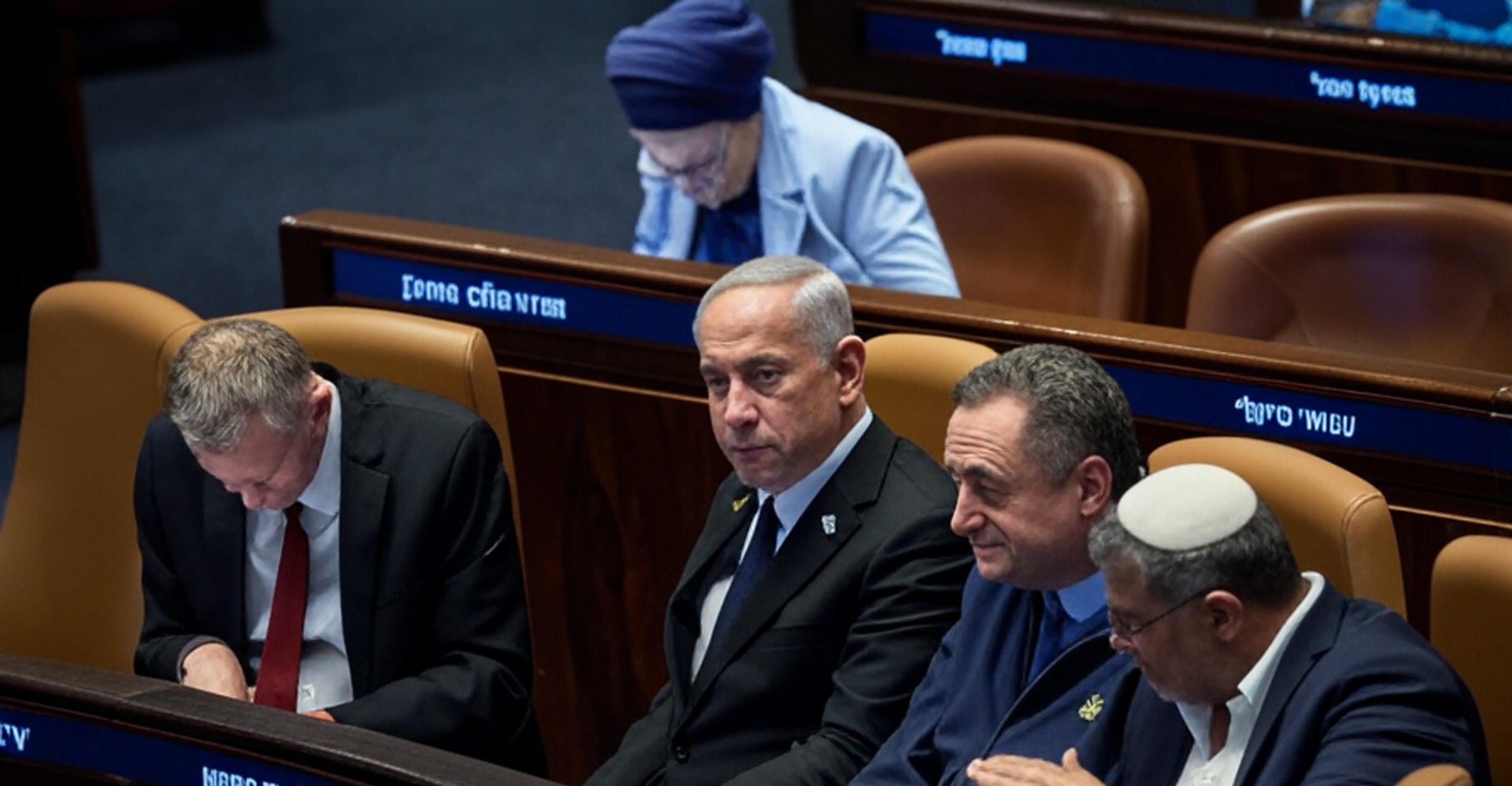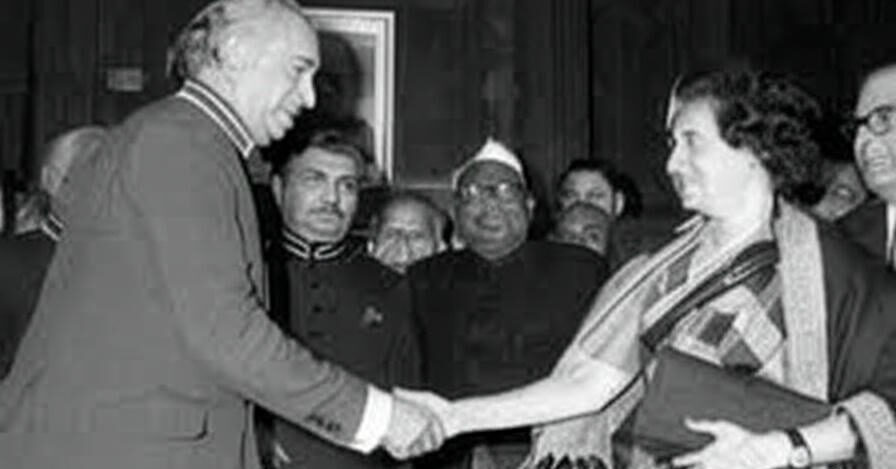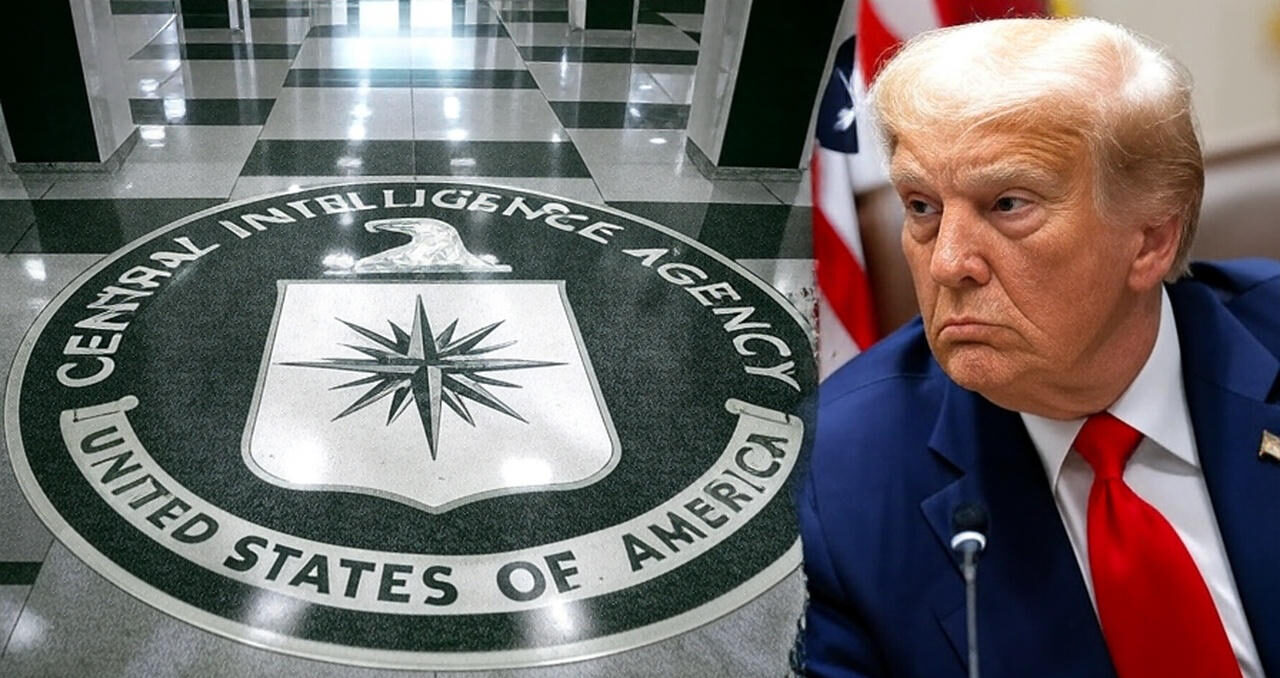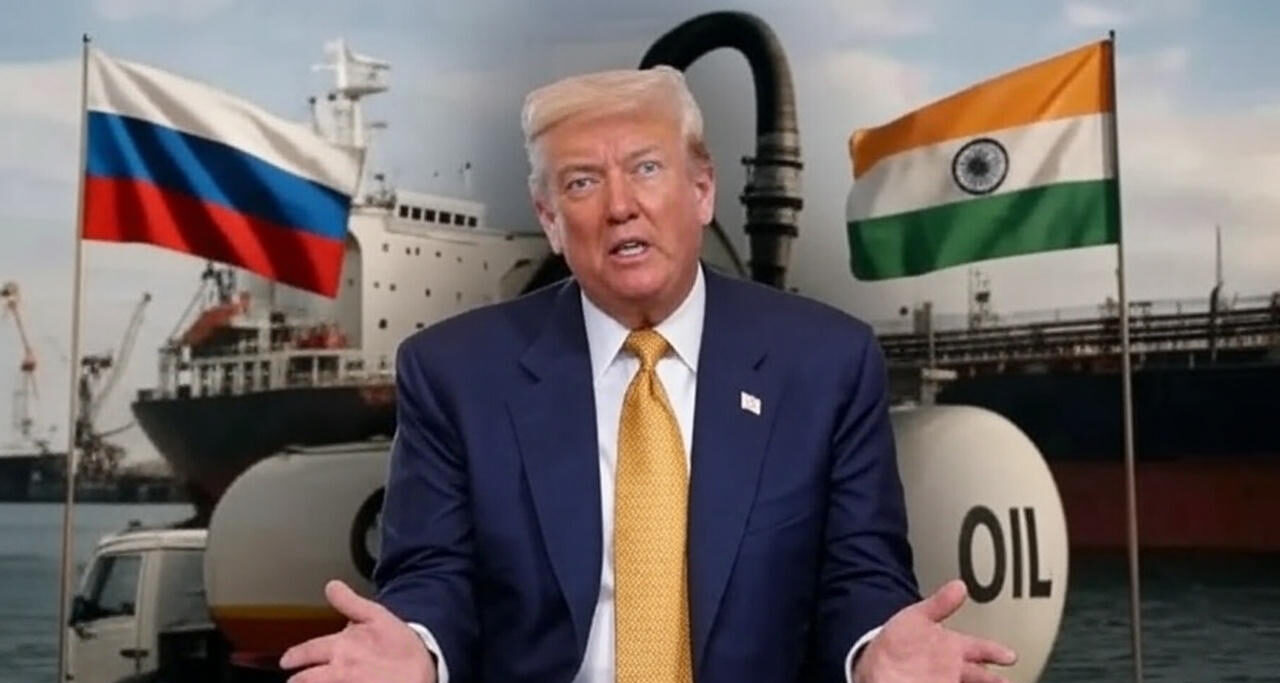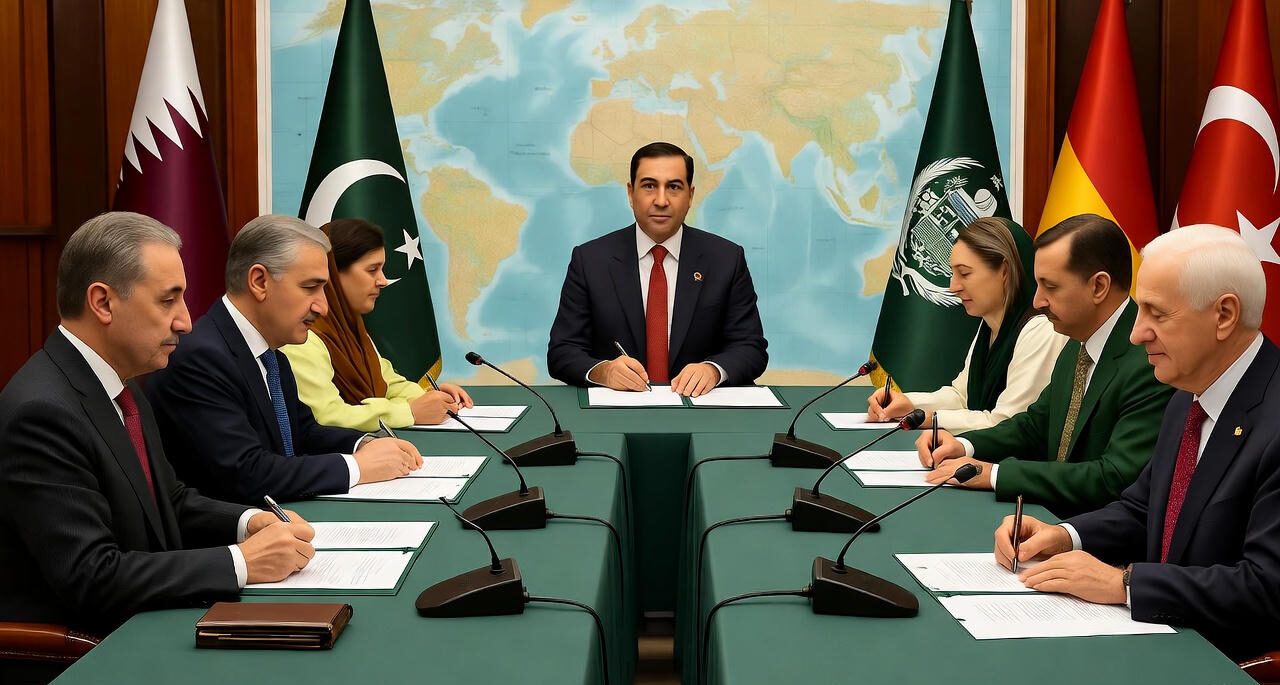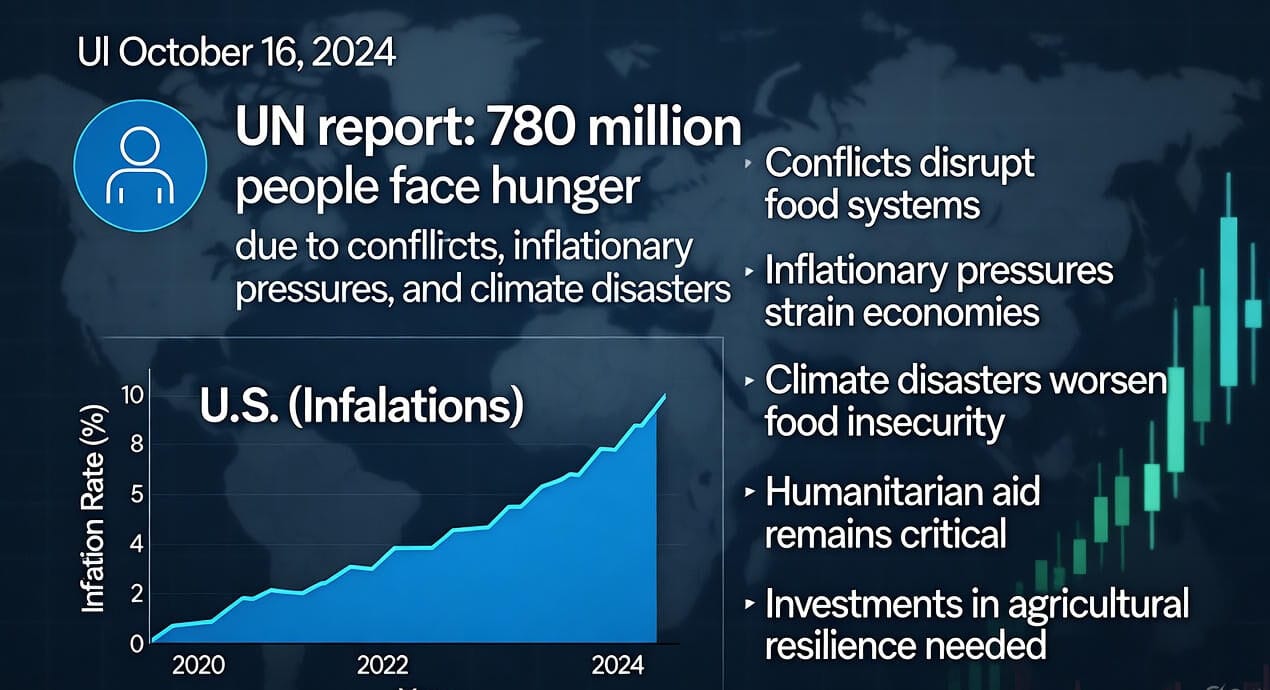
Close your eyes and picture a sleepy border village at dawn—the soft chirp of birds, the smell of fresh bread baking—suddenly drowned by the eerie whistle of missiles slicing through the air, followed by a earth-shaking boom that shatters windows. That’s the heart-pounding reality gripping South Asia right now, Sunday, June 1, 2025, as rumors swirl of a bold Indian attack launched within the last two weeks along the Line of Control. Families huddle in darkened homes, soldiers grip their rifles with trembling hands, and the air hums with tension as both Indian and Pakistani forces stand on high alert. This isn’t just news—it’s a story of courage, fear, and fragile dreams, pulling us into the lives of those caught in this storm, with the world holding its breath for what comes next.
India’s Strikes Light a Fire in Border Hearts
Imagine a quiet night in a Ziarat hamlet, where an old farmer tends his goats, suddenly pierced by a flash that turns the sky into a fiery canvas. Whispers from the ground suggest India struck again within the past fortnight, targeting what they call “strategic outposts” near the Line of Control, a move that has set nerves ablaze. The ceasefire, fragile since May 10, feels like a distant memory as smoke curls from the hills, and children clutch their mothers, wide-eyed with terror. For young Amina, who once played near those hills, the sound of drones now replaces her laughter. This strike, if true, echoes the May clashes with Brahmos missiles and Pakistani retaliation, igniting a fire in our chests—urging us to feel the pulse of a people fighting to protect their homes.
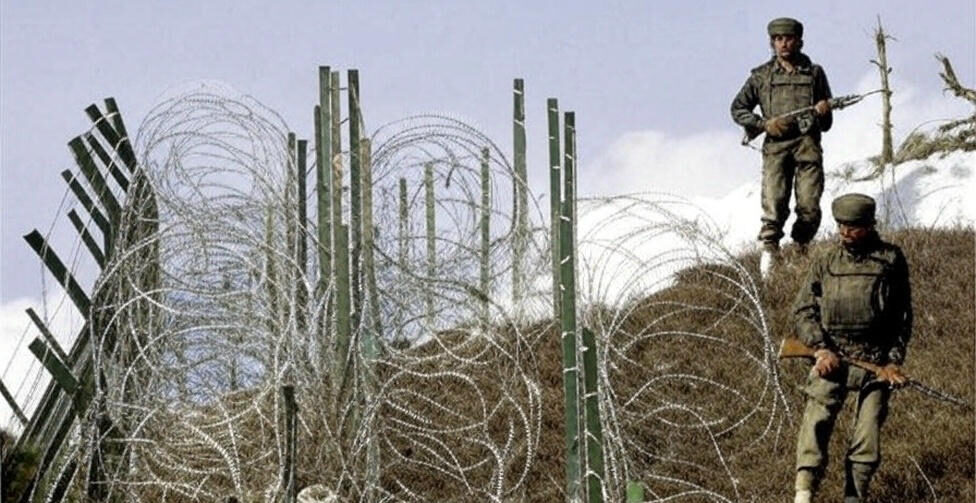
India and Pakistan Stand Guard with Heavy Souls
Feel the weight on a soldier’s shoulders as dawn breaks—boots crunching on frost, eyes scanning the horizon for the next threat. Both Indian and Pakistani troops are on edge, their camps alive with the clatter of gear and the murmur of worried voices. General Anil Chauhan speaks of “tactical successes” from past skirmishes, his tone steady but weary, while Pakistan’s General Sahir Shamshad Mirza warns of a “dangerous spiral,” his words heavy with the burden of command. In a Punjab village, Ravi, a father of two, patrols with a rifle, his mind on his kids’ safety rather than the enemy. The May drone battles linger like a ghost, and this alertness—born of love and duty—tugs at our hearts, a silent plea for peace amid the chaos.
India’s Shadow Falls on Fragile Lives
Picture a grandmother in Kashmir, her wrinkled hands trembling as she lights a candle for her grandson on the front lines, or a shopkeeper in Lahore, wiping tears as he boards up his store. The human cost of this escalation cuts deep—homes reduced to ash, cars smoldering in the streets, and families torn apart by the wail of sirens. Reports hint at fresh scars near the conflict zone, where a young boy named Hassan lost his bicycle to a stray blast, his innocent smile replaced by a haunted stare. The May 31 bridge attacks in Russia, killing seven, mirror this pain, a stark reminder of war’s reach. Each story—of loss, of resilience—wraps around our hearts, begging us to care and hope for an end.
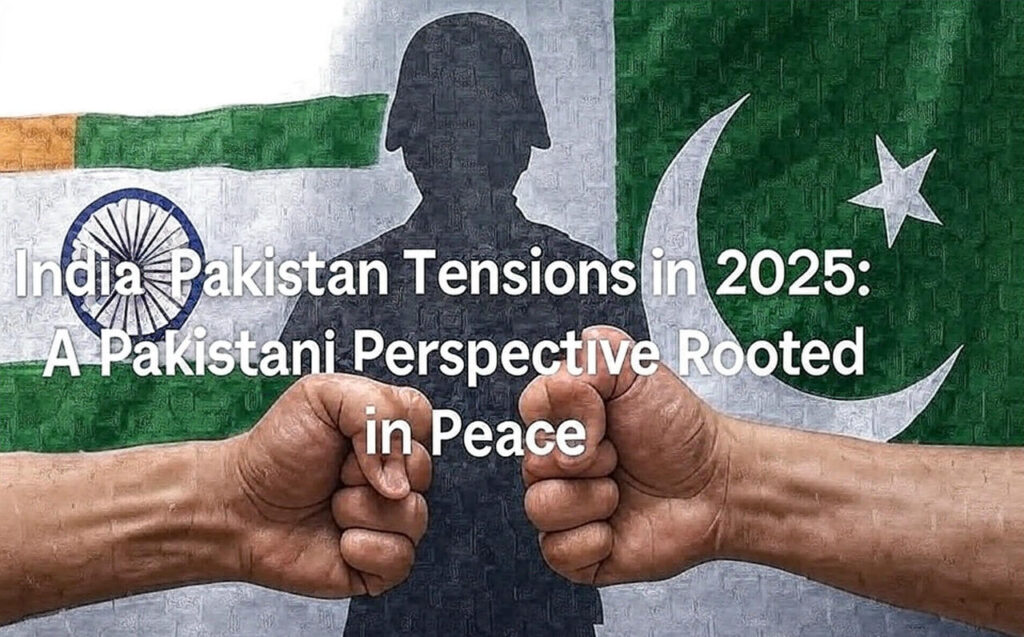
India Draws Global Eyes in a Tense Dance
The world leans in, hearts pounding, as diplomats race to calm the storm. The May 10 ceasefire, a hard-won truce, now teeters like a candle in the wind, with India’s alleged strike challenging every step forward. In New Delhi, officials murmur about the Indus Water Treaty, their voices tinged with frustration over water rights for millions, while Islamabad paints itself as a beacon of restraint, its people rallying behind their military. The UN and US watch with bated breath, fearing a nuclear shadow, their pleas for dialogue a lifeline. Imagine a diplomat in Geneva, sleepless, drafting another resolution—his hope mirroring ours—that this dance of tension might pause for peace.
India Sparks a Flicker of Hope Amid the Fear
As night cloaks this tense land, the crackle of radios blends with the soft sobs of a mother praying for her soldier son. Tomorrow’s Istanbul peace talks, a beacon for India and Pakistan, offer a glimmer of salvation—a chance to lay down arms and let families breathe. Picture Meena in Mumbai, braiding her daughter’s hair, dreaming of a world without fear, or Ali in Peshawar, tending his garden, longing for quiet days. The global push for mediation, echoing Europe’s Russia efforts, hints at a path out. If these nations can clasp hands across the divide, they might weave a future where children’s laughter drowns the sound of war, igniting a hope that warms every soul.
